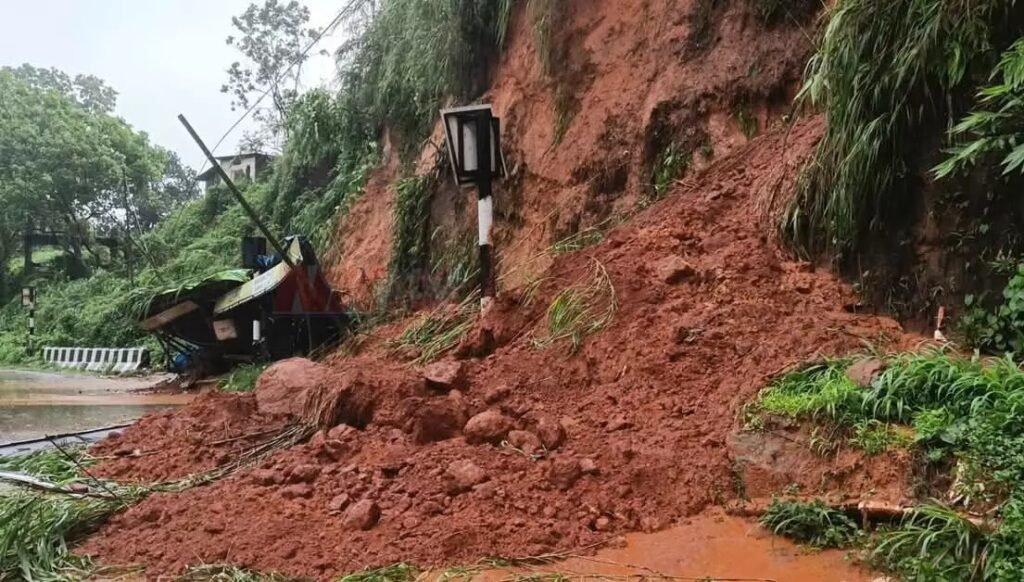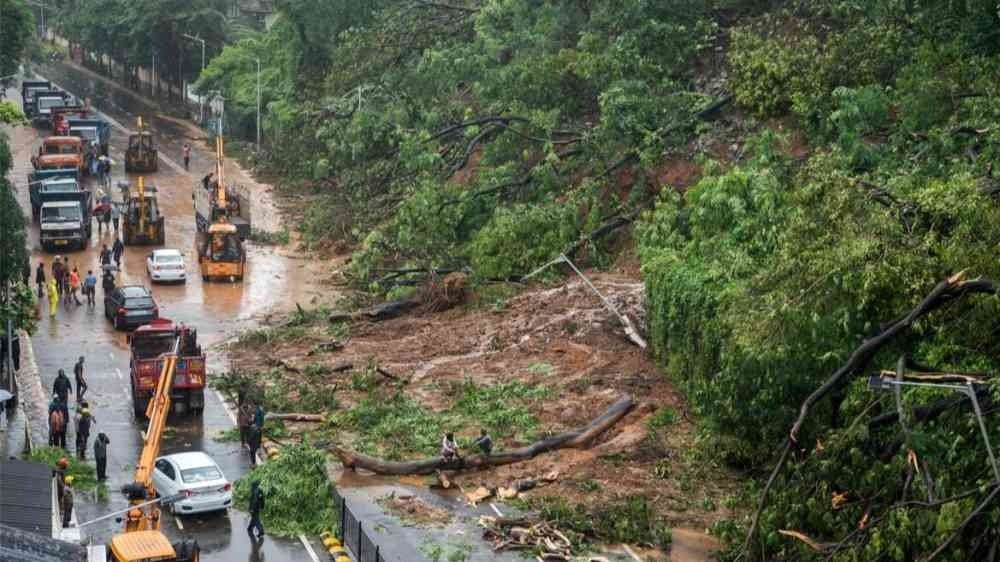As the monsoon clouds move in over Guwahati every year, people prepare themselves not only for the rains but also for the electricity that lurks on the slopes. The ground, once firm and green, sometimes suddenly collapses — devouring houses, roads, and occasionally lives.

Consider Jorabat and Bonda, for example. These areas have witnessed the heartbreaking price of recent landslides. Houses have been destroyed, and some even lost lives. To those affected by the calamity, the landslide is not just a news story — it’s a chilling breakdown in the routine of daily life.
What has changed over the years? The hills surrounding Guwahati have withstood the test of centuries, but their stability today is threatened like never before. The earliest landslide that occurred here was in 1972, and that too is now a distant memory compared to the present day’s recurrent and violent disasters. In the last two decades alone, more than 20 such catastrophes have shaken the city, transforming green hill slopes into barren unstable cliffs.
The villain? Unbridled urbanization and a consistent erosion of green cover. Between 1976 and 2018, almost half the dense forests surrounding Guwahati disappeared. What did they leave the place to? Concrete, asphalt, and rushed development. The expansion of the city has engulfed over twelve times the amount of non-forest land, pushing nature inch by inch into smaller spaces.
With each tree falling and each hillside hacked down, the natural safety net is eroded. Trees that stood firm with the soil in the past are no longer there, and the hillside lies open to the pounding monsoon rains. This isn’t nature’s fancy — it’s a warning sign.

Authorities attempt to react, but most of the time, their efforts come after the fact. Eviction drives level illegal buildings poised threateningly on slopes, and attempts at planting new trees are undertaken. However, such measures can’t reverse years of uncontrolled growth and environmental decay.
Experts say that unless the city adopts sustainable planning — that is, respectful to the hills and green spaces — these tragedies will only escalate. “Urbanisation should go together with nature,” an environmental expert stated. “Going against this balance is courting disaster.”
For the people of Guwahati, the landslides are a harsh wake-up call. The city’s future depends on learning from these events and changing how growth happens. Protecting the hills, planting trees, enforcing construction norms — these aren’t just good ideas; they are lifelines.
As the rains return each year, the hope is that Guwahati will stand stronger, not just in spirit, but in soil and stone too.

